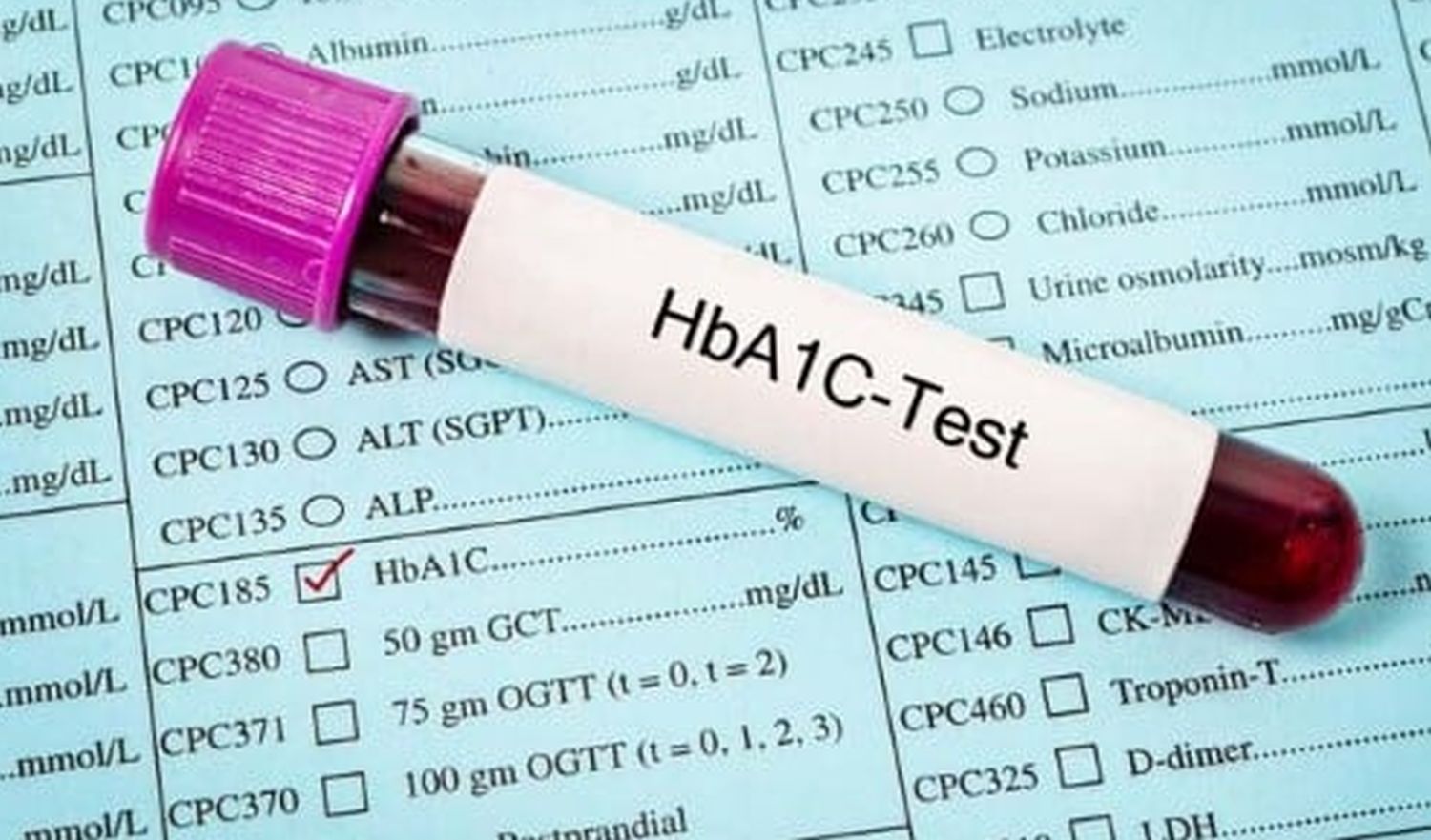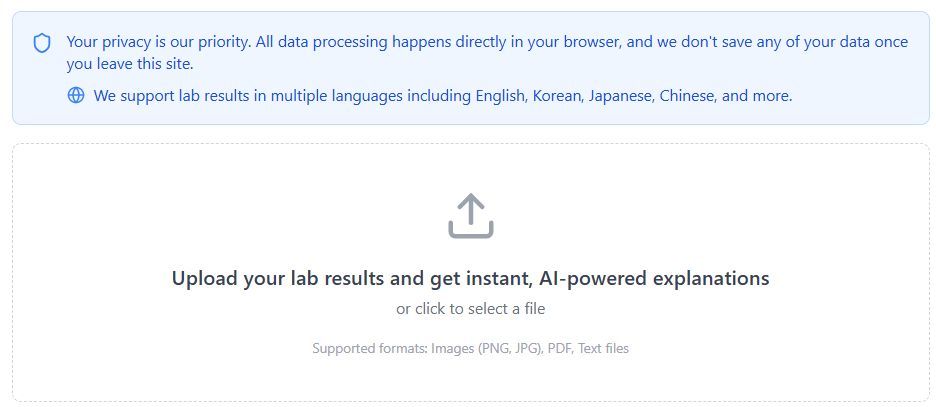Interpreting Your A1C Test Results: Complete Blood Sugar Analysis

Interpreting Your A1C Test Results: Complete Blood Sugar Analysis
The A1C test measures average blood sugar over three months. This test checks glycated hemoglobin, showing long-term blood sugar control.
If you recently received your test results back and need a personalized explanation regarding what they mean, LabAnalyzer can offer a specific breakdown.
Medical teams use A1C numbers to diagnose diabetes, check prediabetes, and monitor treatment success. This test helps track cell damage risks, kidney problems, nerve damage, eye changes, heart health, and circulation issues. Your results guide medication choices, diet needs, and treatment plans.
What is an A1C Test?
An A1C test shows your average blood sugar for the past three months. Unlike daily glucose checks, A1C reveals long-term patterns.
Testing Process:
Blood sugar sticks to hemoglobin in red blood cells
A1C measures this sugar attachment percentage
Red blood cells live 120 days
Test needs one blood draw
Results show three-month average
Numbers come in percentages
Fasting not required
Blood drawn from arm
Results in 24 hours
Numbers stay stable
Shows true patterns
Reflects daily control
Indicates cell damage
Predicts complications
Guides treatment plans
Test Benefits:
Shows blood sugar patterns
Diagnoses diabetes
Monitors treatment success
Guides medication changes
Reveals health risks
Tracks progress
Predicts problems
Shows hidden damage
Indicates treatment needs
Monitors organ health
Checks nerve status
Shows eye risks
Tracks kidney health
Measures heart risks
Guides prevention
Normal vs. Abnormal A1C Ranges
Your A1C percentage shows your blood sugar control level:
Healthy Range (Under 5.7%):
Normal blood sugar metabolism
Minimal diabetes risk factors
Excellent cellular sugar control
Healthy metabolic function
Low complication risks
Perfect cell energy use
Strong blood vessel health
Normal nerve function
Optimal kidney filtration
Clear vision maintenance
Strong cardiovascular status
Normal wound healing
Good blood circulation
Stable energy production
Regular digestive function
Prediabetes Range (5.7% to 6.4%):
Elevated blood sugar trends
Rising diabetes risk factors
Early metabolic changes
Cellular stress signals
Treatment needs emerge
Prevention steps work
Minor vascular changes
Early nerve sensitivity
Kidney stress markers
Vision changes start
Heart risk factors rise
Healing rates slow
Circulation changes begin
Energy levels fluctuate
Digestive changes start
Diabetes Range (6.5% or higher):
Clinical diabetes present
Active sugar metabolism problems
Medical intervention needed
Cellular damage occurs
Complications develop
Strict monitoring needed
Blood vessels show damage
Nerve problems progress
Kidney function declines
Vision problems worsen
Heart disease risks climb
Wound healing suffers
Poor circulation develops
Energy production fails
Severe digestive issues
Treatment Plans by A1C Level
Medical teams create specific plans based on your A1C:
Prediabetes Management (5.7%-6.4%):
Diet Changes:
Measure all portions
Count carbohydrates
Add protein sources
Include healthy fats
Boost fiber intake
Cut processed foods
Limit sugary drinks
Choose whole grains
Add vegetables
Control fruit portions
Watch snack times
Plan regular meals
Read food labels
Track calories
Monitor portions
Exercise Requirements:
Walk 30 minutes daily
Add resistance training
Include flexibility work
Move after eating
Take regular breaks
Join exercise groups
Track daily steps
Use fitness apps
Monitor heart rate
Record workouts
Set weekly goals
Increase intensity
Try new activities
Build endurance
Maintain schedule
Diabetes Control (6.5% or higher):
Medical Treatment:
Oral medications
Injectable medicines
Blood sugar checks
A1C monitoring
Eye examinations
Foot inspections
Blood pressure checks
Cholesterol testing
Kidney function tests
Nerve examinations
Heart evaluations
Dental checkups
Skin inspections
Weight monitoring
Regular vaccinations
Diet Protocol:
Strict carb counting
Protein timing
Fat measurement
Fiber tracking
Meal planning
Snack scheduling
Sugar elimination
Label reading
Portion control
Food logging
Hydration tracking
Alcohol limits
Salt reduction
Supplement use
Meal timing
Activity Plans:
Daily movement goals
Strength exercises
Balance training
Flexibility work
Cardio sessions
Recovery periods
Progress tracking
Intensity monitoring
Duration increases
Schedule adherence
Group activities
Home exercises
Safety precautions
Equipment use
Proper form
Key Takeaway
Your A1C results reveal blood sugar control levels. Regular testing helps prevent problems and guide treatment. Work with your medical team on diet, exercise, and medication plans. Track your numbers, watch for changes, and maintain healthy habits for optimal blood sugar control.
